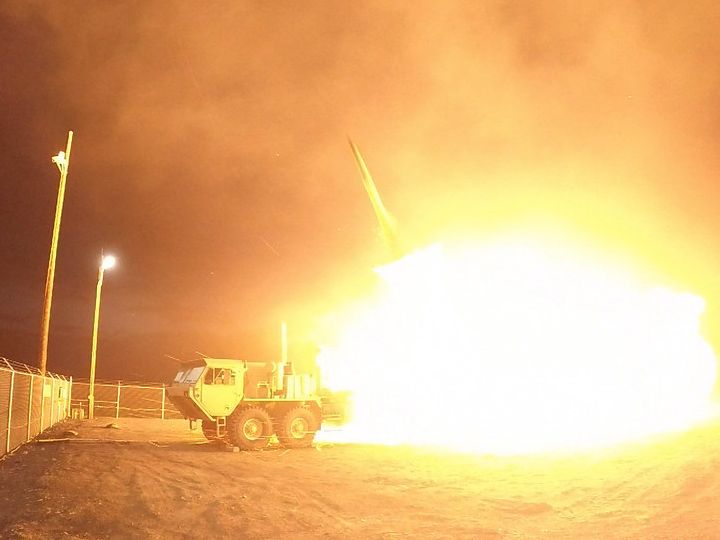
The political construction of the French nuclear consensus
Abstract
Strategic research and historiography put forward the idea of a French national consensus on foreign and security policy based on the rallying of the left to the strike force at the end of the 1970s. This research note questions this paradigm of consensus by analyzing the process of acceptance of nuclear weapons by the political forces which were opposed to them. It notes that there has in fact never been any opposition in principle on the part of the leaders of the French left to nuclear weapons in itself, but that accepting the strike force does not a consensus since differences remain at the level of public opinion and between French political forces, particularly with regard to strategic doctrine. Membership of nuclear deterrence therefore came later than the rallies of the 1970s. The failure of the French pacifist movement against the double decision due to an ambiguous attitude of the PCF and the failure of the right to counter François Mitterrand on security issues, allow the latter to stand as the guarantor of the so-called Gaullist strategic doctrine and man of consensus at the time of his re-election in 1988.
About the Author
Yannick Pincé is associate professor of history and geography in CPGE at the Jean-François Millet high school in Cherbourg-en-Cotentin. A doctoral student in contemporary history at the University of Paris 3 Sorbonne Nouvelle (ICEE - ED 625) under the supervision of Prof. Frédéric Bozo, he is writing a doctoral thesis on the French strategic debate in the 1980s.
Operational concepts

Analysis of Russian Airpower in the 21st Century
Russia intends on utilizing its airpower to conduct offensive power projection in neighboring countries and to defend itself from Western encroachment.

The Evolution of Command and Control (C2) in Multi-Domain Operations
Over the past two decades, several states in competition with the United States have capitalized on advances in technology and are now capable of challenging U.S. operational dominance in all domains. To counter this threat, the United States and its allies have adopted a doctrine of “multi-domain operations”. The complexity of this new strategy requires advances in communications technology, evolution and adaptation of artificial intelligence, and an overhaul of current command structures and processes.
À lire également

The silent masters of the oceans: the strategic and non-proliferation implications of nuclear-powered submarines in Australia and Brazil
At the International Atomic Energy Agency (IAEA) General Conference in 2022, Director General Rafael Grossi emphasizes that “the world of nuclear proliferation and safeguards is changing,” and that this change creates important technical and political challenges. The announcement of the AUKUS agreement and the progress of Brazil’s nuclear-powered submarine program reflect regional geopolitical realignments. Internationally, the IAEA safeguards system is challenged by these developments insofar as they entail risks of nuclear proliferation. How does the acquisition of nuclear-powered submarines impact both the regional and international strategic balance and nuclear non-proliferation norms? The purpose of this research note is to analyze the geopolitical motivations of nuclear-powered submarine programs in Australia and Brazil and their implications for nonproliferation instruments.
𝐉𝐚𝐧𝐮𝐚𝐫𝐲 𝟐𝟎𝟐𝟑

High strategic capabilities and defensive military assistance in the Ukraine war: the double threshold dilemma
One of the major elements of the Russian-Ukrainian confrontation is of course its potential nuclear nature. This dimension encourages the Biden administration not to let the war in Ukraine degenerate into a major conflict that would directly oppose Americans and Russians. This limit makes the problem of Western co-belligerence a key element in the political-military equation of the conflict. Taking this context into account, this note relates the tactical-operational “threshold” related to this arms supply to a second threshold of a politico-strategic nature, which in turn is influenced by the phenomenon of the interconnection of high strategic capabilities, and which opens up the delicate concept of multi-domain deterrence.
𝐉𝐚𝐧𝐮𝐚𝐫𝐲 𝟐𝟎𝟐𝟑



